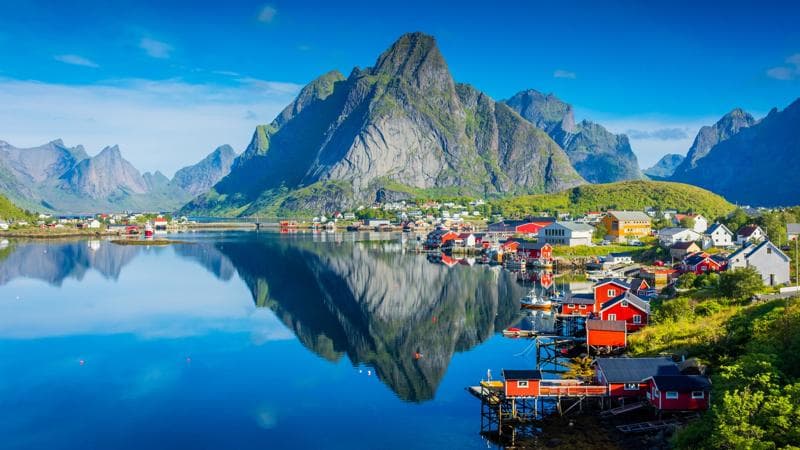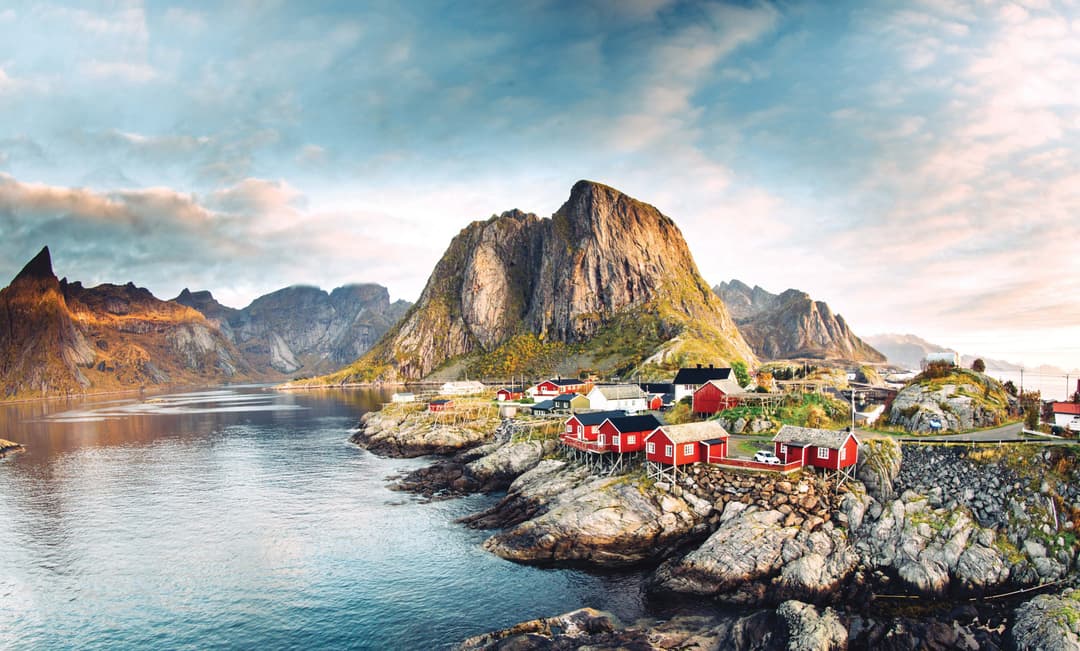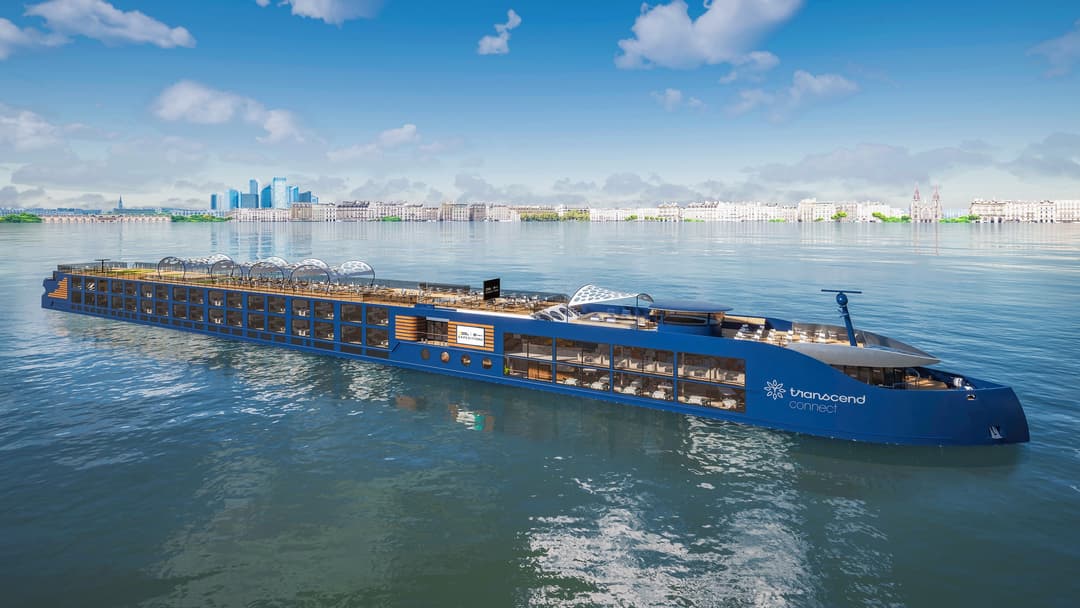Tracing European Culinary Traditions from Athens to San Sebastian
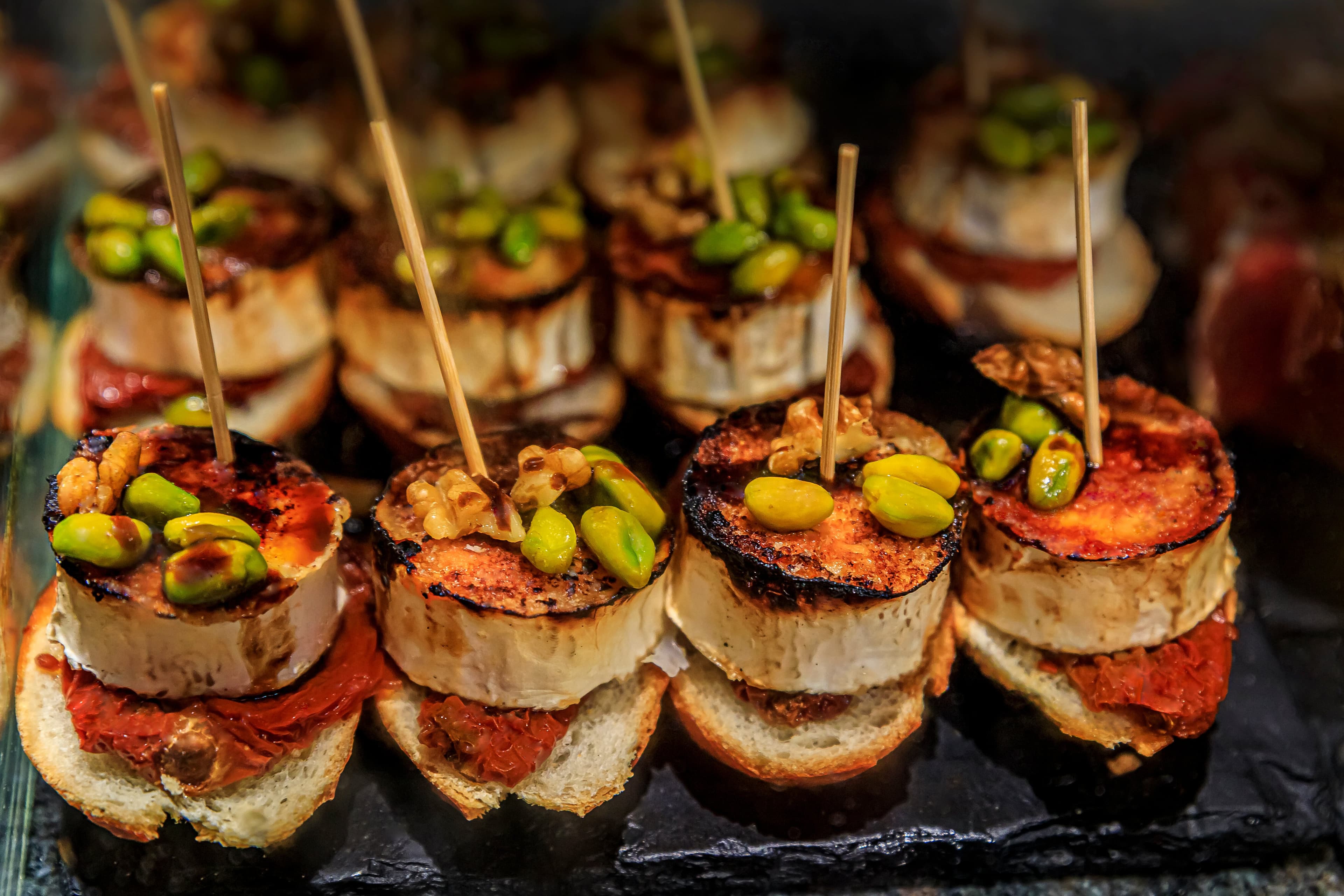
No travelogue, documentary, or museum exhibit will give you a more intimate look at a place and its people than the experience of eating the local cuisine.
The beloved specialties of a region are as telling as any written history: The al pastor tacos of Puebla hint at the Lebanese immigrants who brought shawarma with them to a new homeland. The bouillabaisse of Marseille tells of local fishermen coaxing a meal out of local herbs and the catch they couldn’t sell at market. Dishes reappear from place to place, each stamped by local preferences and ingredients—piperade, tian, ratatouille, pisto. Culinary rituals, too, are revealing: the long, leisurely communal meals of the Mediterranean reveal as much about values and culture there as does the ubiquity of to-go coffee cups in New York City.
On Lindblad Expeditions-National Geographic’s brand-new itineraries in Southern Europe and the Mediterranean, culinary experiences are a fundamental part of getting to know these vibrant places. “What’s really special about the Mediterranean is that more than just cuisine, it’s about traditions, it’s about rituals, it’s about where it sits in the world—it’s a huge melting pot of cultures,” says Ana Esteves, Vice President of Hotel Operations, who oversees culinary programming for the Lindblad Expeditions-National Geographic fleet.
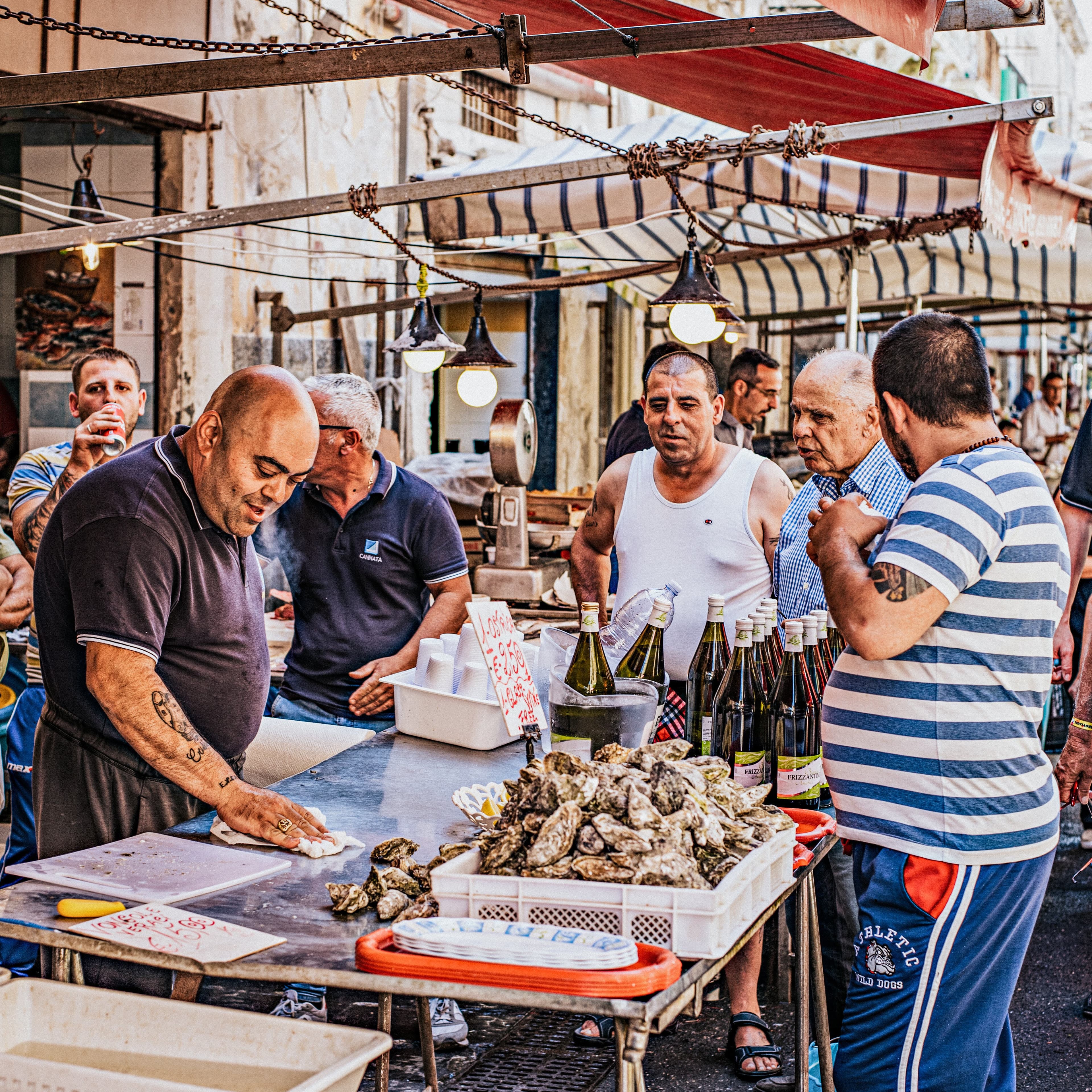
Local vendors sell fresh oysters and cups of frizzante at the centuries-old fish market in Sicily, Italy.
On Crossroads of the Mediterranean: A Voyage Through Greece, Malta, and Sicily, you’ll travel from Athens to Barcelona, dining along the way on local and regional specialties drummed up each day based on what your chef discovers at the market. While on From Barcelona to Basque Country: Tracing History and Culture on the Iberian Peninsula, you’ll get firsthand experiences of local food and drink traditions as you wend your way along coastal Spain and Portugal.
Whether you embark on one of these itineraries or choose to do both back-to-back, you’ll come away from your voyage with a deeper knowledge of the gastronomic diversity—and commonalities—of this vibrant corner of the globe. Read on for a closer look at the culinary approaches of these two dynamic—and delicious—itineraries.
Crossroads of the Mediterranean: A Voyage Through Greece, Malta, and Sicily
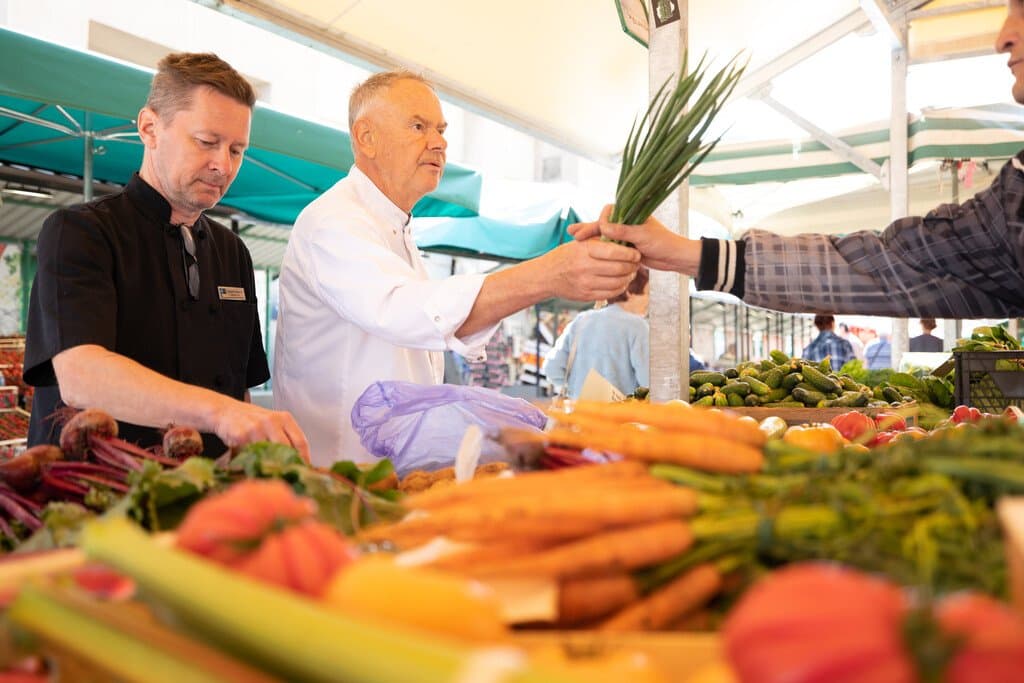
Lothar Greiner (R) and Magnus Häggman (L), executive chefs aboard the National Geographic Explorer, search for fresh ingredients at local markets. Photo: Douglas Scaletta
This 12-day voyage aboard the National Geographic Explorer takes guests island-hopping across the Mediterranean, from Athens to Crete, then on to Malta, Sicily, Corsica, Sardinia, and Menorca before disembarking in bustling Barcelona.
From a culinary perspective, that means lots of room for exploring the nuances of regional cuisine, says Esteves. “We want to transform the voyage as we go from country to country to highlight the differences within the Mediterranean,” she explains.
Along the way, your onboard chef will disembark the ship when we’re in port and spend hours sourcing local and seasonal specialties at markets to ensure each meal captures a sense of place and history. But the groundwork begins well before market day. “It starts with looking back into history and the meaning of the traditions of the region,” says Esteves. “We’re talking to the local people and understanding—why is this special? We want to tie in a connection and be able to talk about it. We want to make sure guests leave feeling that they’ve learned something about the culture, the cuisine, the history, and the traditions,” she explains.
A dessert course in Sicily might come with a conversation about how 9th century Arab rulers introduced their nut-and-fruit-based confections to the locals, while tasting pesto trapanese might involve a primer on the trade routes between Genoa and Sicily.
"Rather than just ticking the boxes of must-try local specialties, a Lindblad Expeditions-National Geographic voyage uses every meal as a lens through which to better get to know the stories of a place and the trials and triumphs of its people."
-
From Barcelona to Basque Country: Tracing History and Culture on the Iberian Peninsula
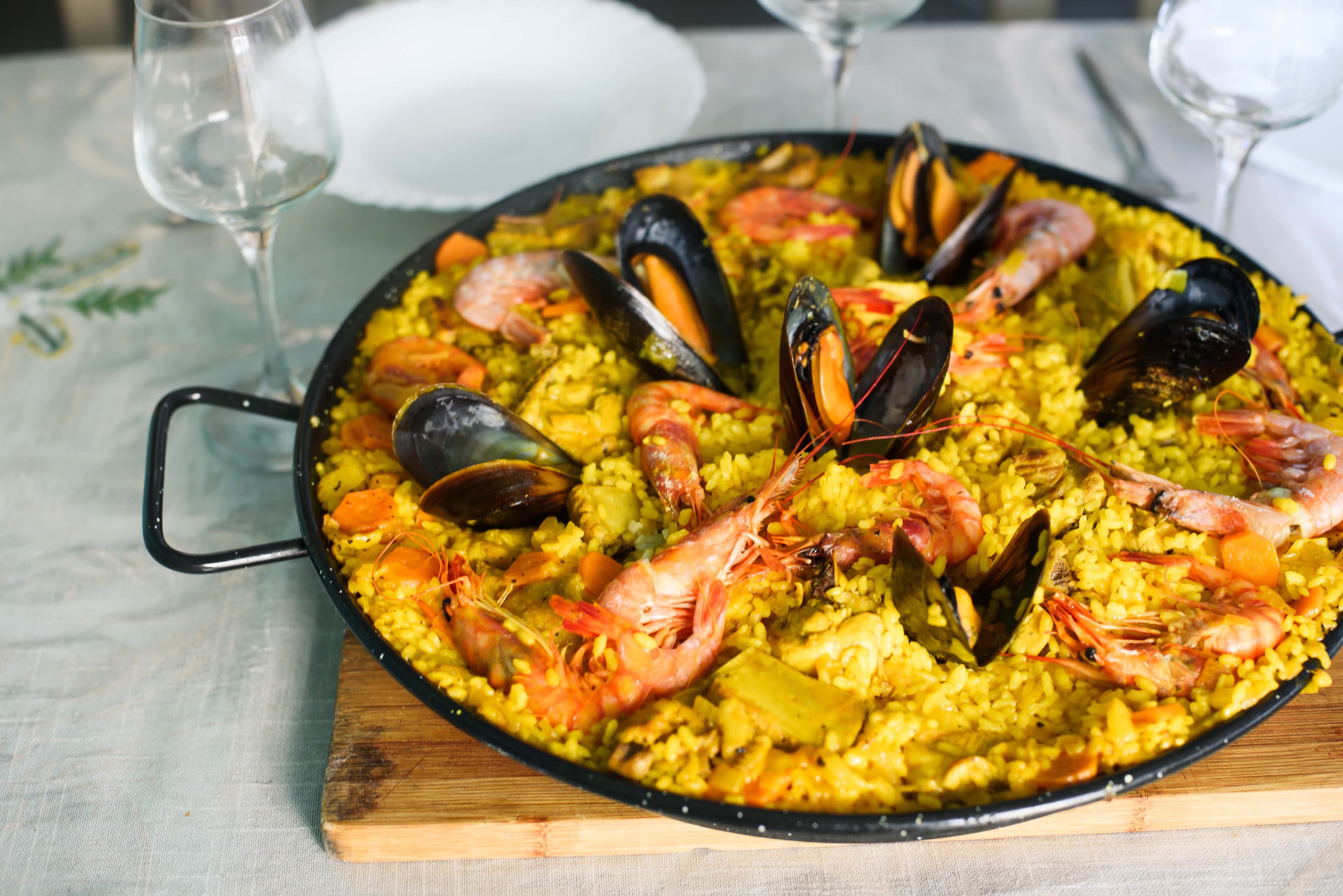
Paella, a traditional Spanish cuisine, is one of the many dishes guests will experience as our voyage explores the Iberian peninsula.
This 13-day expedition rounds the Iberian Peninsula, starting in Catalunya in Northeast Spain and making several stops across Spain and Portugal before disembarking in Bordeaux. While guests aboard the National Geographic Explorer will still enjoy plentiful regional cuisine on board the ship, they’ll also have a number of immersive culinary experiences in cities and towns along the route.
“This itinerary is going to have a lot more opportunities for guests to eat off ship and experience cuisine made by locals in those local places,” explains Esteves. That will involve a traditional paella in Valencia, where the dish was born, and a port tasting deep inside a subterranean wine cave in Porto. A highlight is a meal with locals at one of San Sebastian’s 1,300 members-only gastronomic societies, or txokos, communal nonprofit cooking clubs where passionate locals pitch in to whip up a Basque meal together.
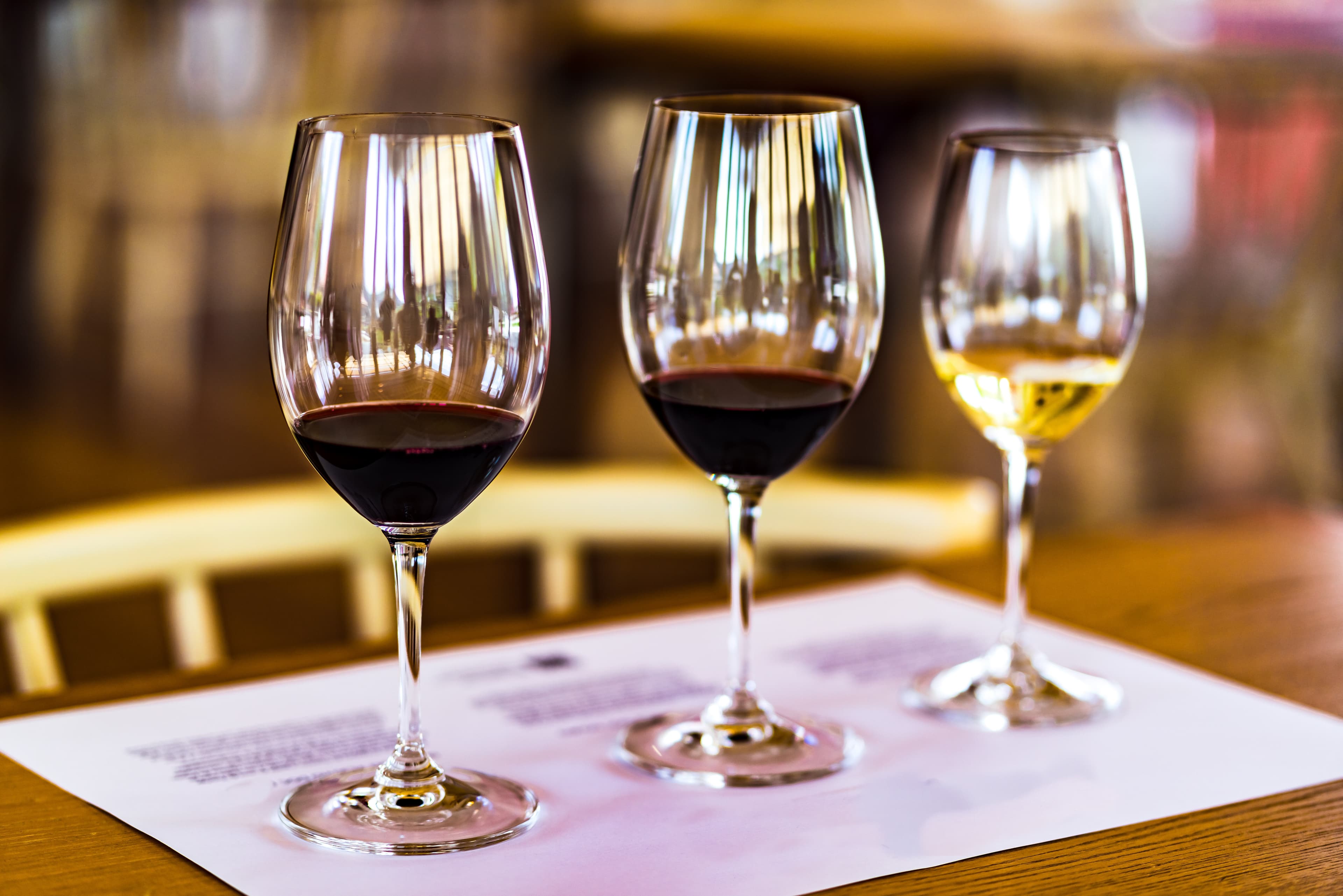
Guests can sample complex and rich local wines from Porto and Basque both on board and while out exploring.
Back on board, you’ll enjoy meals paired with local beverages such as txakolina, a fizzy Basque wine, or Damm Inedit, a beer crafted by Spanish chef Ferran Adrià as the ideal accompaniment for food.
Throughout your journey, you’ll experience the nuances between dishes and culinary traditions and history—and see just how sharply those traditions can diverge within one geographic region. “Even from Valencia to San Sebastian, the changes in how they eat and the preparation of the food, it’s so different—the one thing that they have in common is that they like to eat late, take a siesta, and eat again later at night,” Esteves explains. You’ll emerge from your trip with several dozen more delicious meals to remember—and a deeper, richer understanding of history, tradition, and the culinary heritage that defines a culture.
Back-to-Back Voyage Savings:Save 25%when you book consecutivedepartures of Crossroads of the Mediterranean and From Barcelona to Basque Country. Applicable on voyage fares only and not valid on extensions or airfare. Valid for new bookings only, subject to availability, and may not be combined with other offers.
Featured Itineraries
Related Articles
